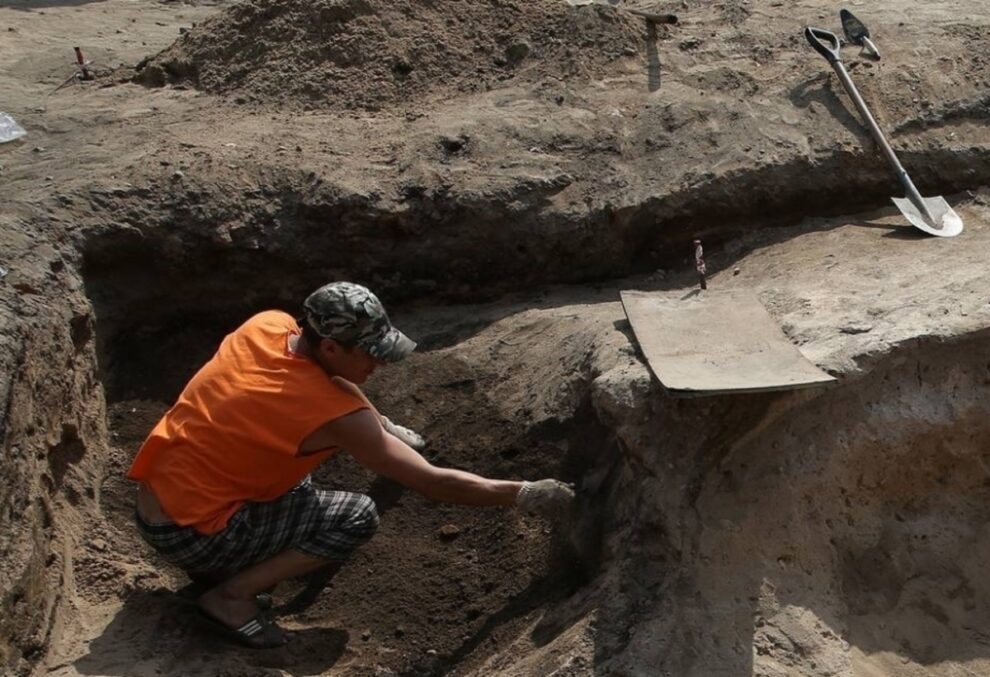According to scientists, it dates back to the early Pleistocene period
EKATERINBURG, November 29. /TASS/. Paleontologists from Russia and Tajikistan discovered the skull of an ancient camel, 2.5 million years old, in the Kuruksai tract. Such finds are rare in the climatic conditions of Tajikistan, the press service of the Ural Federal University, whose scientists took part in the study, told TASS.
“We are very lucky, since bones throughout Asia are poorly preserved, even those that are only 2 thousand years old: they are inside, like chalk, extremely fragile. If you accidentally touch a bone without first treating it, it crumbles into small pieces. Therefore, we had to immediately saturate the skull with a glue solution: we waited for the glue to dry and continued to clear it, working with a scalpel, a small brush, very slowly. This is real paleontology, like digging for dinosaur bones,” said a senior researcher at the paleoecology laboratories of the IERIZh Ural Branch of the Russian Academy of Sciences and natural sciences methods in humanitarian research at UrFU Dmitry Gimranov, noting that it took four days to clear the skull.
Scientists estimate that the skull dates back to the Early Pleistocene period, 2.5 million years ago. A whole skull is a unique find, since mostly parts of the skull or bones are found, and the skull of a camel of this particular species has not been found before. At the excavation site, the skull was completely taped and secured with film. This made it possible to deliver the find to the Urals for restoration and study for three years, then it will be returned to Tajikistan for further research.
With the help of the skull, paleontologists will be able to find out what exactly this type of camel ate, how pronounced its sexual dimorphism was – how males differed from females, what its brain volume was, how its neck muscles were attached, and much more. To do this, the skull must be prepared, a computed tomography done, and a look at the structure of the brain, nasal sections, and teeth.
“The size of the ancient camel’s skull is almost the same as that of its modern relative, the dromedary camel,” Gimranov noted. “But we will definitely need to study the teeth. All camels have powerful fangs, but the size of the teeth in the ancestral form and modern individuals may be different , also, most likely, there will be a different structure of the teeth.” The teeth may differ because ancient camels were adapted to a different way of life and type of food, as researchers believe, 2.5 million years ago in Tajikistan there was not a dry desert, but savannah-like landscapes.
The Pleistocene began about 2.6 million years ago and ended 11.7 thousand years ago. Callopods, including camels, originated and evolved in North America. They entered the territory of Eurasia only at the end of the Miocene, about 6 million years ago, along the Berengia Bridge, which was formed during global cooling, which caused a drop in the level of the World Ocean. After this, camels spread widely throughout Eurasia and came to Africa.
Source: Nauka Tass















